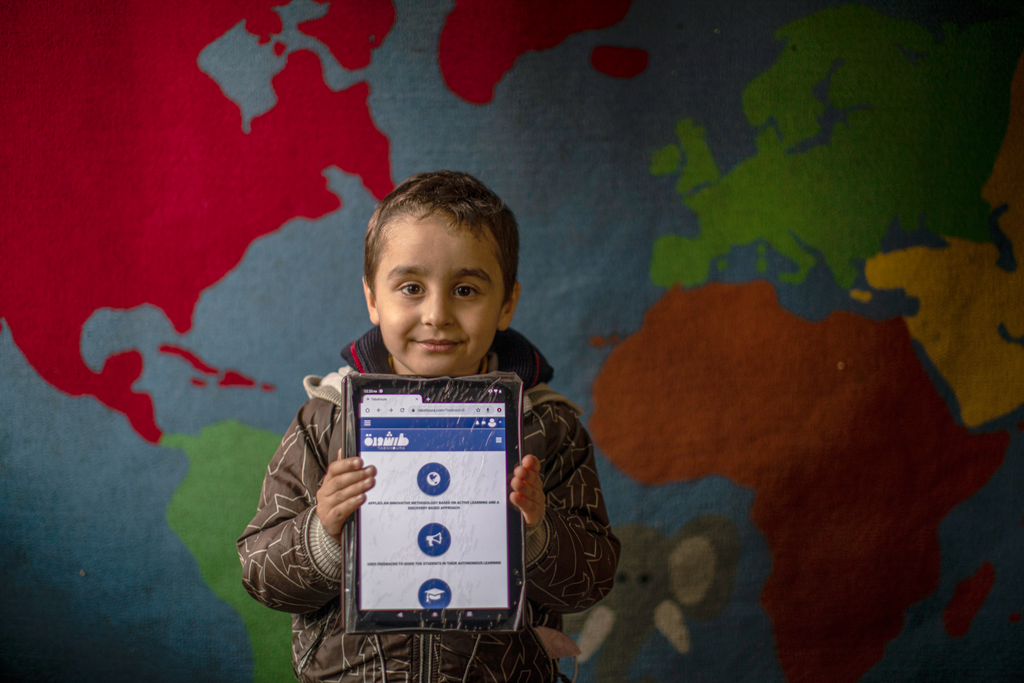LIBYA
1.3 million Libyans, refugees, migrants and asylum seekers urgently need humanitarian assistance. Without support, 439,000 children will be deprived of psychosocial support, community-based child protection services and community reintegration to overcome the trauma caused by gender-based or other violence.

